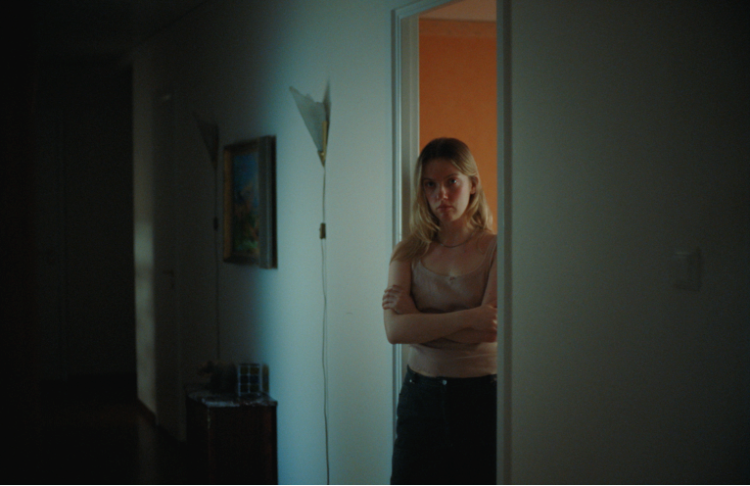The media strategy behind Amnesty International's viral abortion campaign

The Media Plan: how companies are aiming for excellence in commercial media
Amnesty International’s abortion campaign has gone viral since its release following the US Supreme Court overturned Roe v Wade last Friday.
In partnership with Norwegian ad agency Anorak, part of The North Alliance, Amnesty launched its global campaign challenging the decision to overturn the constitutional right to abortion.
The video, titled The Land of the Unfree, has received a high degree of traction on TikTok, where it has received over 3.5 million views, over 950,000 likes, and 13,000 comments within five days of posting.
Commenters expressed grief, disbelief, and solidarity with American women, with some offering up housing internationally if anyone needs and is able to leave the country in order to undergo a safe abortion procedure.
“We knew we wanted to make a video that could be easily shared on social,” says Klaudia Lech, brand activation manager at Anorak. “TikTok was a preferred channel since it recently moved from being about humor and dance trends to becoming more about expressing real emotions and starting movements.”
The provocative short film follows four different women and girls of various circumstances each facing the consequences of strict abortion laws, set to a rendition of The Star-Spangled Banner that the campaign calls “an elegy for women’s rights”.
The audio cuts out at the end of the song, replacing the word “free” at the end of “For the land of the—” with silence, as text reads: “You’re not free when you can’t decide your own future.”
Before ending, the film prompts viewers to sign Amnesty International’s petition to protect the right to abortion in the US and calling advocates to action to “demand that governors across the USA stop the abortion bans and protect the right to abortion care now.”
“The idea for the film came from the realization that there is a great contradiction in that the United States, a nation that speaks louder about freedom than any other nation in the world, is now removing women’s freedom to decide over their own bodies”, said Anorak creative Peter Power.
Lech says that working with Amnesty International provided Anorak with “a lot of purpose as a creative communications agency” while also creating interesting limitations.
“Since Amnesty International does not really have a large media budget, we had to think organic as the main strategy.”
She notes the importance of being able to time the release of the film for when the Supreme Court handed down its decision, which was anticipated ahead of time.
“Timing was important. We started working on the topic around Christmas, and when the draft opinion from the Supreme Court got leaked, we worked hard to get the video ready so we could act quickly if Roe v. Wade got overturned.”
The leak of the decision was first published by Politico in early May, a rare occurrence for an institution known for being tight-lipped.
In addition, Lech says, Anorak was able to leverage the global reach of Amnesty International to have them share the video widely, making sure to translate it into six different languages.
She adds: “I wish we could predict it going viral, we definitely did not! But we put a lot of effort into making a good hook for the video in the first few seconds to make it harder to miss while scrolling. We knew it had great power, but getting through the noise can be tough with no media spend. I am truly happy to see it resonated and that people helped spread it.”
The short was directed by Nicolina Knapp.



